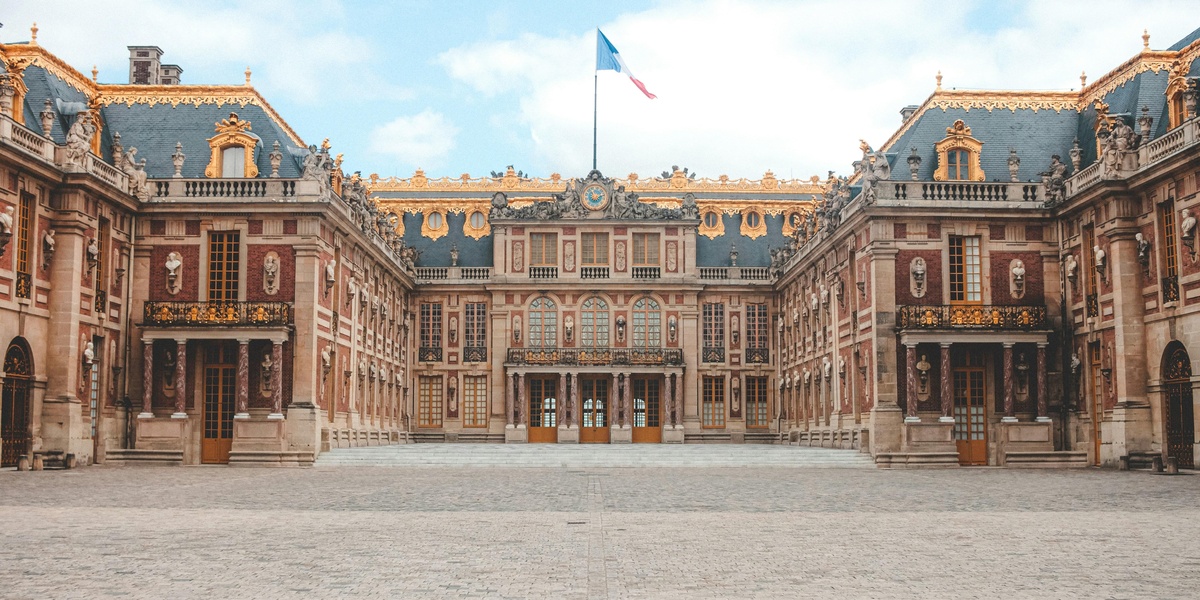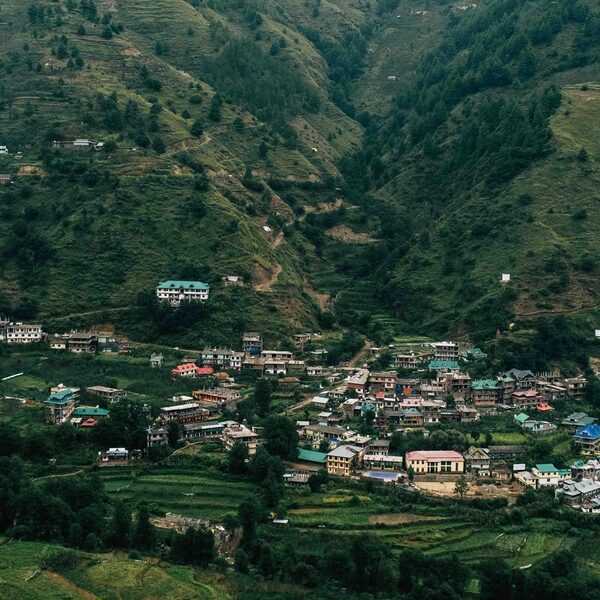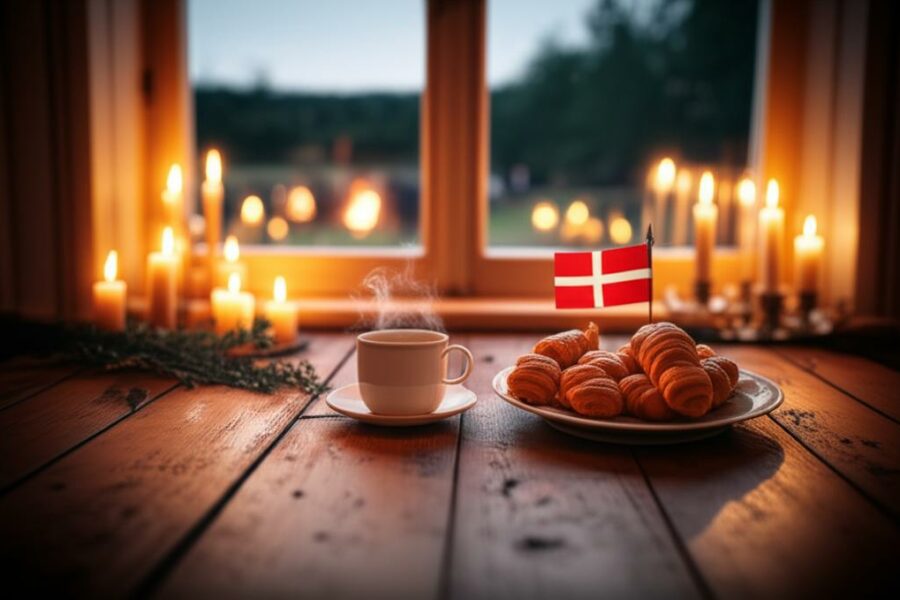In 1623 a simple hunting lodge stood on the ground where Versailles’ marble facades and trimmed parterres now command attention. Between 1661 and 1682 Louis XIV transformed that lodge into a palace that centralized the court and set the tone for European taste.
By 1979 the estate’s architectural unity and garden design earned UNESCO recognition, and today the site still draws visitors for its history and spectacle. It’s easy to reach from Paris by train or car, and the mix of indoor galleries, outdoor fountains, live music, and neighborhood markets gives you plenty of ways to plan a full day or a relaxed half‑day.
Versailles is more than a palace museum: it’s a compact day‑trip destination with gardens, performances, markets, and outdoor activities — here are eight cool things to do in versailles that show the estate’s variety. Expect entries that range from the Hall of Mirrors to rowing on the Grand Canal, plus practical tips for timing and tickets.
Palace & Gardens: Iconic Sites
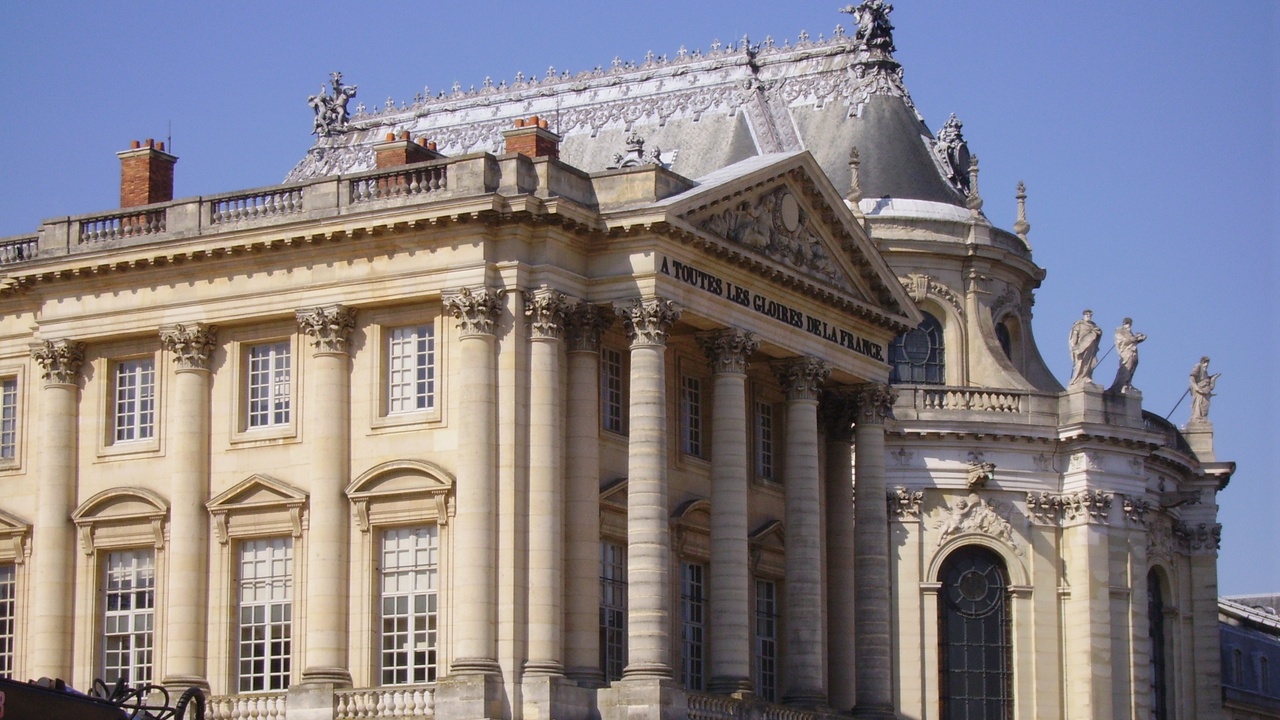
Versailles pairs grand architecture with landscape mastery: the château’s state rooms and André Le Nôtre’s 17th‑century parterres were meant to impress and to control sightlines across hundreds of hectares. The estate’s combination of palace, gardens, and smaller royal retreats shows why UNESCO listed it in 1979.
Practical tip: buy a timed‑entry ticket for the Château and set aside three to four hours if you want both palace interiors and the main gardens in one visit. The Hall of Mirrors runs roughly 73 m and remains a high point of any tour, while the King’s State Apartments and the Royal Chapel offer detailed period decoration.
Plan your route so you can see the palace first, then drift out into the formal gardens and the Trianon domain; that rhythm helps you avoid the busiest crowds and makes the most of the site’s architecture and landscape design.
1. Tour the Palace of Versailles (Château)
Touring the Château is essential: it was the center of French court life after Louis XIV began expanding the 1623 hunting lodge (work intensified from 1661 onward) and it now showcases statecraft in stone and gilt. The palace’s UNESCO status (1979) underscores its international significance.
Inside you’ll walk the Galerie des Glaces (Hall of Mirrors), visit the King’s State Apartments and the Royal Chapel, and see tapestries, frescoes, and period furniture restored to near‑original splendor. Aim for an early slot or late afternoon to find quieter rooms.
Buy timed tickets in advance, and allow extra time for audio guides or a guided tour if you want deeper context on the rooms and the people who lived in them.
2. Wander the Gardens and Catch a Fountain or Musical Show
The gardens are as compelling as the palace: André Le Nôtre’s 17th‑century layout organizes parterres, bosquets, and long vistas that frame the château and the Grand Canal. The estate covers hundreds of hectares, so give yourself space to roam.
From April through October the Musical Fountains and Musical Gardens animate water features to baroque and classical repertoire, with synchronized jets, cascades, and evening illuminations on select dates. The Grand Canal makes a dramatic focal point for both daytime boat views and candlelit nights.
For the best experience check the seasonal schedule, arrive before a scheduled show to claim a good vantage, and bring comfortable shoes — the garden paths reward slow exploration.
3. Explore the Grand Trianon, Petit Trianon, and Marie‑Antoinette’s Hamlet
The Grand Trianon and Petit Trianon and the hamlet give you a quieter, more intimate look at private court life. The Petit Trianon dates from the late 1700s and Marie‑Antoinette’s rustic hamlet was built in the 1780s as a retreat from formal court ritual.
These sites offer calmer rooms and different architectural tones — the pink marble of the Grand Trianon, the compact salons at the Petit Trianon, and thatched cottages and a model farm in the hamlet. They’re ideal for visitors who want smaller crowds and a picnic‑friendly setting.
Combine a Trianon visit with a stroll along garden avenues or a pause by the Grand Canal to enjoy the contrast with the palace proper.
Culture & Performances: Live Art in a Royal Setting
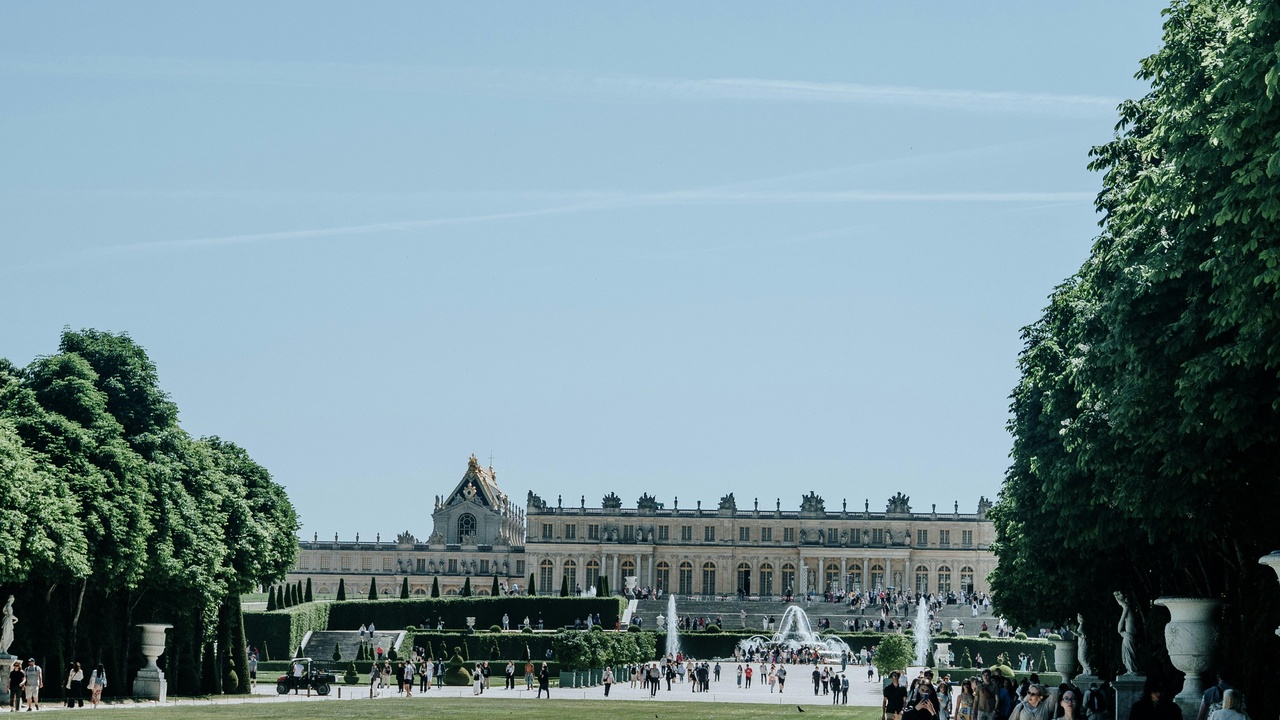
Versailles hosts a lively calendar of concerts, opera, and rotating exhibitions that keep the site feeling current. The Royal Opera, built in the 1770s, remains a fine example of late‑18th‑century performance architecture and lends authentic acoustics to period ensembles.
Seasonal programming includes baroque concerts, chamber music, and candlelit evenings that change the atmosphere of the palace. Rotating exhibitions in rooms repurposed in the 19th century under Louis‑Philippe add museum depth to a visit.
Reserve tickets ahead for limited‑capacity performances, and check the official schedule before you travel so you can link a concert with a daytime tour or garden visit.
4. Catch a Performance at the Royal Opera or an Evening Concert
Live music transforms the palace: the Royal Opera’s 18th‑century origins (the 1770s) and intimate seating make baroque and chamber concerts special. Period instruments in period rooms feel unusually immediate.
Evening concerts and candlelit recitals often have limited capacity, so book early. If you time a concert after a palace tour, the shift from daylight grandeur to softer evening light is memorable.
5. Visit Temporary Exhibitions and the Museum of French History
Parts of the palace were transformed into a museum in the 1830s under Louis‑Philippe, and the site still hosts rotating exhibitions that explore portraiture, decorative arts, and political history. These temporary shows add new angles to familiar rooms.
Check exhibit dates before you go; programming changes seasonally and can spotlight everything from royal costumes to 18th‑century furnishings. Combined tickets or exhibition extensions sometimes require separate reservations.
6. Join a Themed Tour or an After‑Hours Event
Themed guided tours—focusing on artisans, garden design, or court daily life—bring hidden stories into focus. Official guides and small private groups offer specialist context that a general audio guide can’t always match.
After‑hours events occasionally open candlelit rooms or illuminated fountains to visitors. If you have a specific interest—architecture, restoration, family programs—book a themed tour in advance because spaces sell out.
Local Life & Active Experiences: Markets, Bikes, and Boats
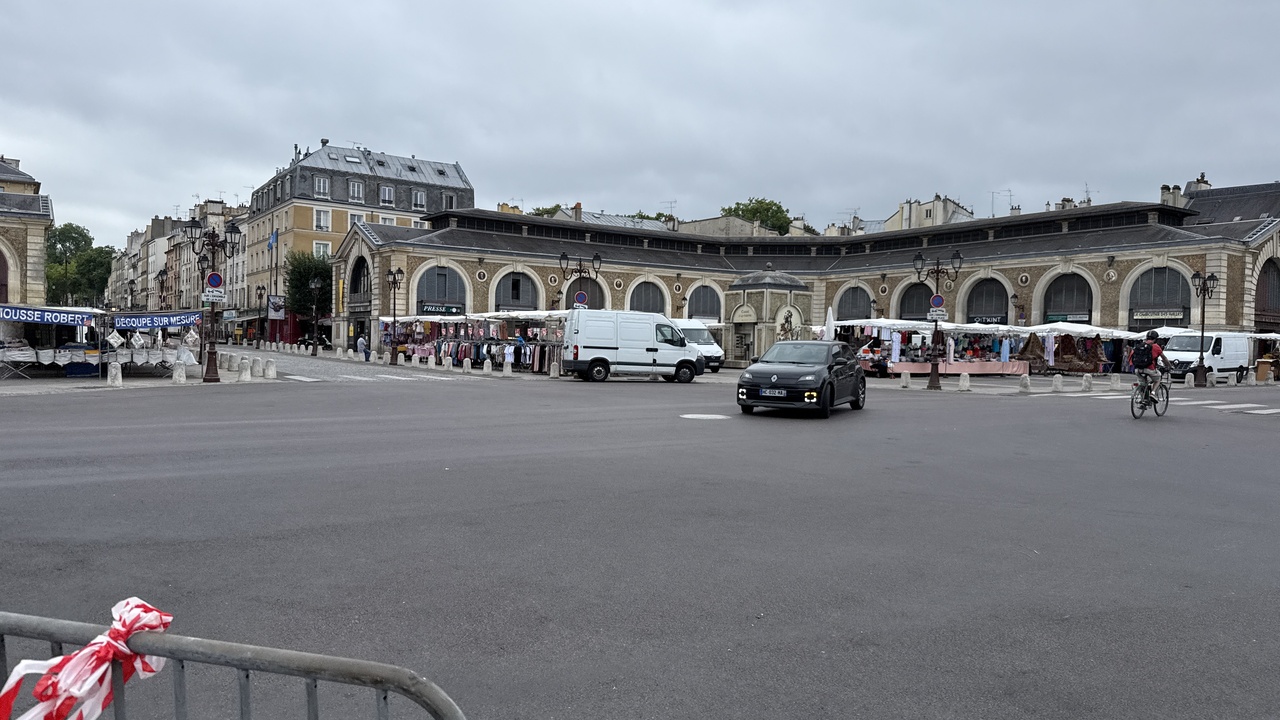
Beyond the palace, Versailles is a living town with markets, cafés, and park paths that invite a slower pace. The Marché Notre‑Dame sits near the cathedral and offers a strong taste of local life, while the Grand Canal and tree‑lined avenues are perfect for bikes and boats.
Active options like bike rental and rowboat hire let you experience the estate from a different angle: a 30–60 minute row on the Grand Canal is peaceful, while a one‑ to two‑hour bike loop covers a lot of ground. These low‑tech pleasures balance an indoor museum day.
Time your market visit for the morning for the freshest produce, and keep casual dining in mind—there are several good bistro options near the palace for a relaxed lunch.
7. Shop the Marché Notre‑Dame and Taste Local Fare
Marché Notre‑Dame is an authentic local stop a short walk from the cathedral, where stalls sell cheeses, charcuterie, produce, and flowers. It’s a good place to meet residents and sample regional specialties.
Pick up picnic supplies—a Normandy camembert, an Ile‑de‑France pâté, a fresh baguette—and head back to the gardens for an alfresco lunch. Mornings are busiest and freshest, so go early if you want the best selection.
Or sit at a nearby café and watch the square; the market atmosphere makes for easy people‑watching and a mellow break between visits.
8. Rent a Bike or a Rowboat on the Grand Canal
Active options give memorable perspectives: seasonal rowboat hire on the Grand Canal is family‑friendly and peaceful, while bike rentals (including e‑bikes) make the estate’s long avenues easy to cover. Both let you see parts of the grounds that feel private and wide open.
A 30–60 minute rowboat outing is a pleasant way to cool off; a one‑ to two‑hour bike loop lets you include the Trianons and return along the canal. Look for guided e‑bike circuits if you prefer a structured route.
Bring water, wear comfortable clothes, and plan pickups or drop‑off points if you’re on a tight schedule—these activities are flexible and fun for solo travelers and families alike.
Summary
- Mix an early palace tour (Hall of Mirrors, King’s State Apartments) with outdoor time in the gardens to get both the architecture and landscape in one day.
- Book timed tickets and reserve concerts or candlelit events in advance, especially for limited‑capacity performances at the Royal Opera.
- Include one active option—a 30–60 minute row on the Grand Canal or a one‑to‑two‑hour bike loop—to see Versailles from a fresh angle.
- Visit Marché Notre‑Dame in the morning for picnic supplies, then combine that market stop with the Petit Trianon or a late‑afternoon stroll.
- Pick two activities—an interior tour plus either a market picnic or a boat ride—and you’ll have a balanced, memorable day at Versailles.

